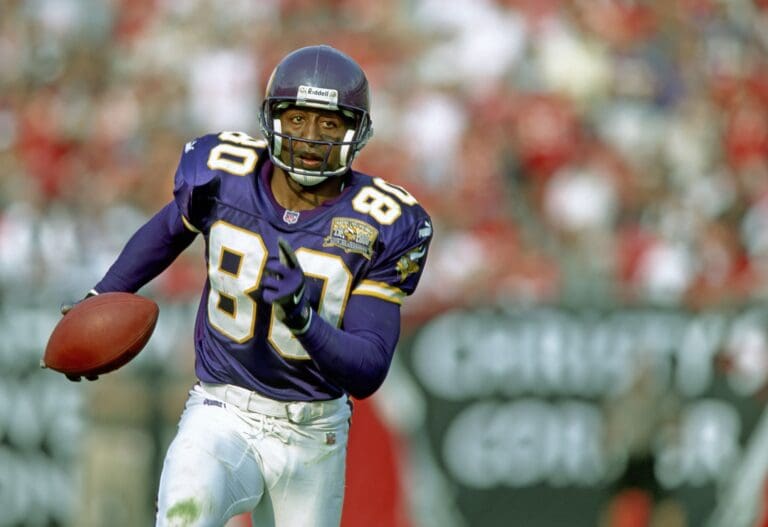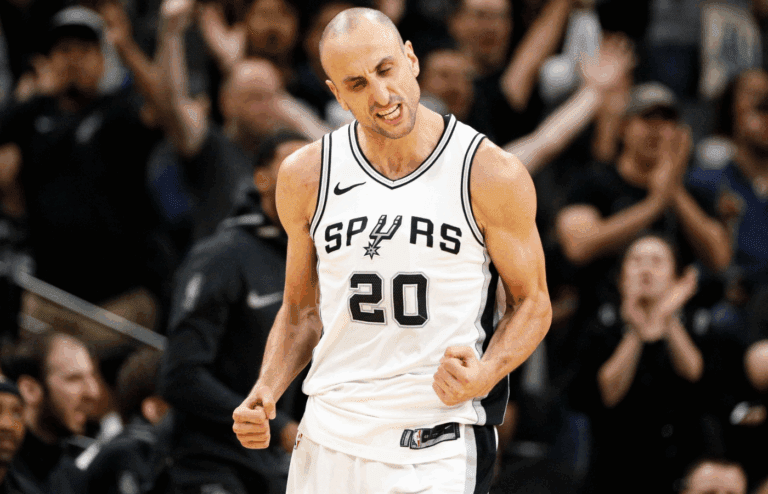Soccer may be the world’s most popular sport, but in the U.S., its rise to mainstream status has been anything but smooth. Despite steady growth, the game still faces hurdles that have slowed its acceptance, from cultural disconnects and stiff competition from other major sports to challenges in youth development and infrastructure.
While more Americans are embracing the sport, breaking into the country’s deeply rooted sports culture remains an uphill battle. The question isn’t whether soccer can thrive in the U.S., but what it will take to finally cement its place among the nation’s biggest sports.
16. Resistance to Adopting International Soccer Culture

While American soccer fans have embraced some aspects of international soccer culture, there’s resistance to fully adopting foreign traditions. This includes a hesitancy to incorporate non-English chants and a wariness of hooliganism. The desire for an “authentic” soccer experience sometimes leads to misguided attempts at replicating negative aspects of European fan culture.
15. Oversaturation of Sports Market in America

The American sports landscape is already crowded with established leagues like the NFL, NBA, MLB, and NHL. Soccer faces stiff competition for viewership, sponsorships, and talent. With limited time and resources, many sports fans are reluctant to add another major sport to their regular viewing habits.
14. Time Zone Differences for International Matches

Major international soccer tournaments often occur at inconvenient times for American viewers due to time zone differences. The 2022 World Cup in Qatar, for instance, had matches kicking off as early as 5:00 AM EST, making it challenging for U.S. fans to watch live. This scheduling conflict reduces engagement and hinders the sport’s growth in America.
13. Difficulty in Developing Technical Skills

American youth soccer often focuses on repetitive cone drills rather than dynamic, game-like scenarios that emphasize decision-making. This approach hinders the development of crucial technical skills needed for high-level play. Shifting to more engaging training methods could significantly improve player development and competitiveness.
12. Lack of Soccer-Specific Infrastructure
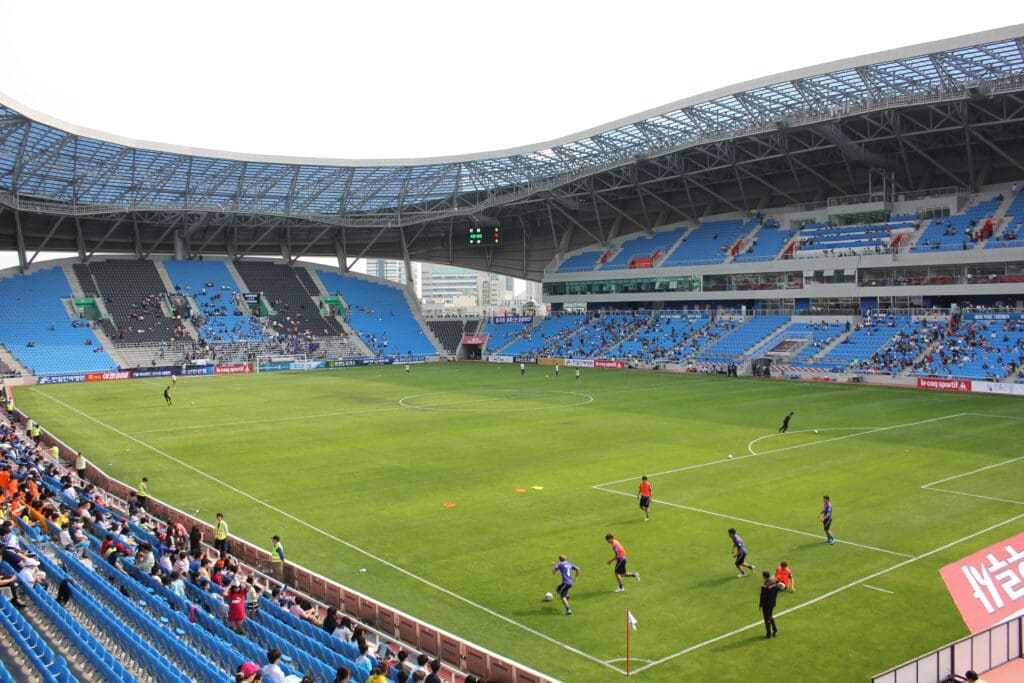
Despite recent progress, America still lags behind in soccer-specific infrastructure. While MLS teams are building more dedicated stadiums, like NYCFC’s upcoming Etihad Park in Queens, the overall number remains limited compared to other sports. This shortage of proper facilities hinders player development and fan engagement, potentially slowing soccer’s growth in the US.
11. Stigma of Soccer Being a “Kids’ Sport”
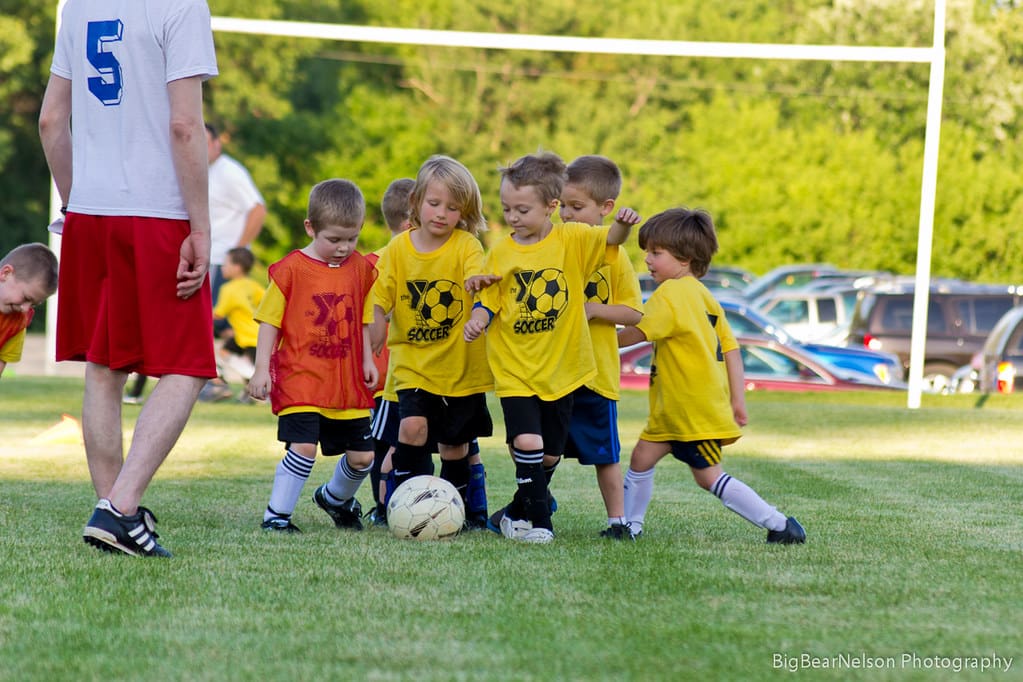
Soccer in America often struggles to shed its image as primarily a youth activity. Many adults view it as a sport for children, not a serious professional endeavor. This perception limits soccer’s growth and appeal among older demographics, hindering its ability to compete with established American sports leagues.
10. Preference for High-Scoring, Action-Packed Games

Americans tend to favor sports with frequent scoring and constant action. NBA games average over 220 points, while NFL games typically see 40-50 points. Soccer’s low-scoring nature, often with 1-0 or 2-1 results, doesn’t align with this preference for high-octane entertainment that keeps viewers engaged throughout.
9. Absence of College Soccer Pipeline to Pros

Unlike other American sports, college soccer doesn’t serve as a significant pipeline to professional leagues. The NWSL’s recent elimination of the college draft further weakens this pathway, making it harder for young talent to transition to the pros. This lack of a clear developmental route discourages many aspiring players.
8. Limited Success of U.S. Men’s National Team
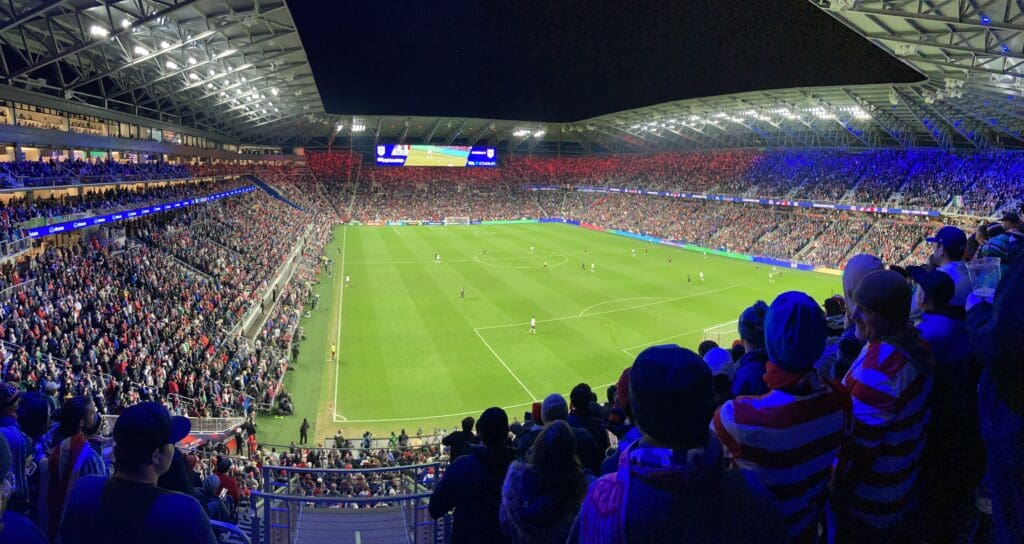
Despite recent improvements, the USMNT’s international performance remains inconsistent. In 2025, they’ve won two friendlies but face tough competition in the CONCACAF Nations League and Gold Cup. Their FIFA ranking of 16th reflects progress, but they still lag behind soccer powerhouses, dampening widespread enthusiasm.
7. Complex Rules and Officiating for New Fans

Soccer’s rules, particularly offside and advantage, can be confusing for newcomers. The sport’s continuous play and reliance on referee discretion often lead to controversial calls, frustrating American viewers accustomed to clear-cut rulings and video reviews in other sports. This complexity can deter casual fans from fully engaging with the game.
6. Insufficient Media Coverage and TV Deals
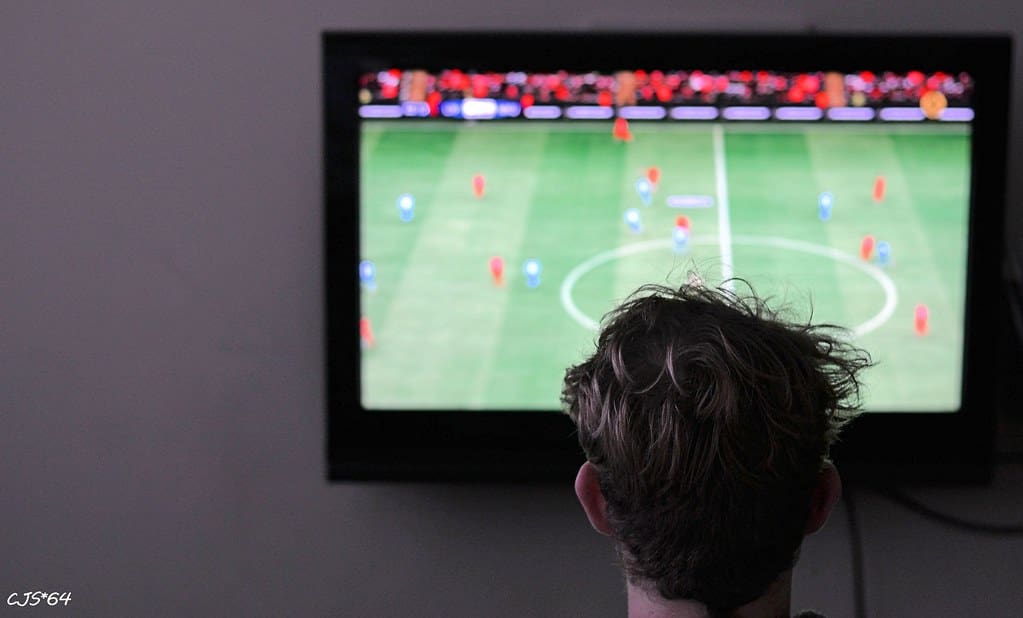
Despite recent progress, soccer still lacks comprehensive media coverage in the U.S. The 2025 MLS Media Day showcased efforts to increase visibility, including a new docuseries on Apple TV+. However, compared to other major sports, soccer’s media presence remains limited, hindering its growth and mainstream appeal.
Read More: Why Do We Call it Soccer While They Call it Football?
5. Perception of Soccer as a “Foreign” Sport

Soccer is often viewed as a “foreign” sport in America, with over 60% of American sports enthusiasts showing no genuine interest. Despite its global popularity, soccer struggles to compete with established American sports like baseball, football, and basketball. This perception hinders its acceptance as a mainstream sport in the U.S.
Read More: Top 10 Most Expensive Sports Contracts in History
4. Lack of Homegrown Soccer Superstars

While MLS has produced talented players, the U.S. lacks a true homegrown soccer superstar to captivate the nation. The most promising young talent, like Christian Pulisic, often leaves for European leagues early in their careers, hindering the development of local icons that could inspire widespread interest in the sport.
Read More: Ranking the 15 Best Goalkeepers in Soccer History
3. Scheduling Conflicts with Other Major Sports

Major League Soccer faces significant scheduling challenges, competing for viewers with established American sports leagues. The MLS season overlaps with the NFL, NBA, and MLB, making it difficult to attract consistent audiences. Additionally, international tournaments and breaks disrupt the MLS schedule, further complicating efforts to build a loyal fanbase.
Read More: Ranking the Top 13 Best US Women’s National Soccer Players of All Time
2. Absence of Promotion and Relegation in MLS

Major League Soccer’s closed system lacks the excitement of promotion and relegation found in European leagues. Without the threat of demotion or the thrill of ascension, MLS teams have less incentive to improve, and lower-division clubs are denied pathways to the top. This structure limits competitiveness and fan engagement, hindering soccer’s growth in America.
Read More: Ranking the 15 Greatest Soccer Players of All Time
1. Pay-to-Play Youth Soccer System

The pay-to-play model in American youth soccer creates a significant barrier to entry for many talented young players. With average annual costs of $1,188 per child, families unable to afford these fees are often excluded from high-level youth soccer programs. This system limits the talent pool and hinders the development of potentially elite players from diverse socioeconomic backgrounds.
Watch Now: Big plays. Fast takes. Check out TQR Shorts for the latest sports news with Zoe!



